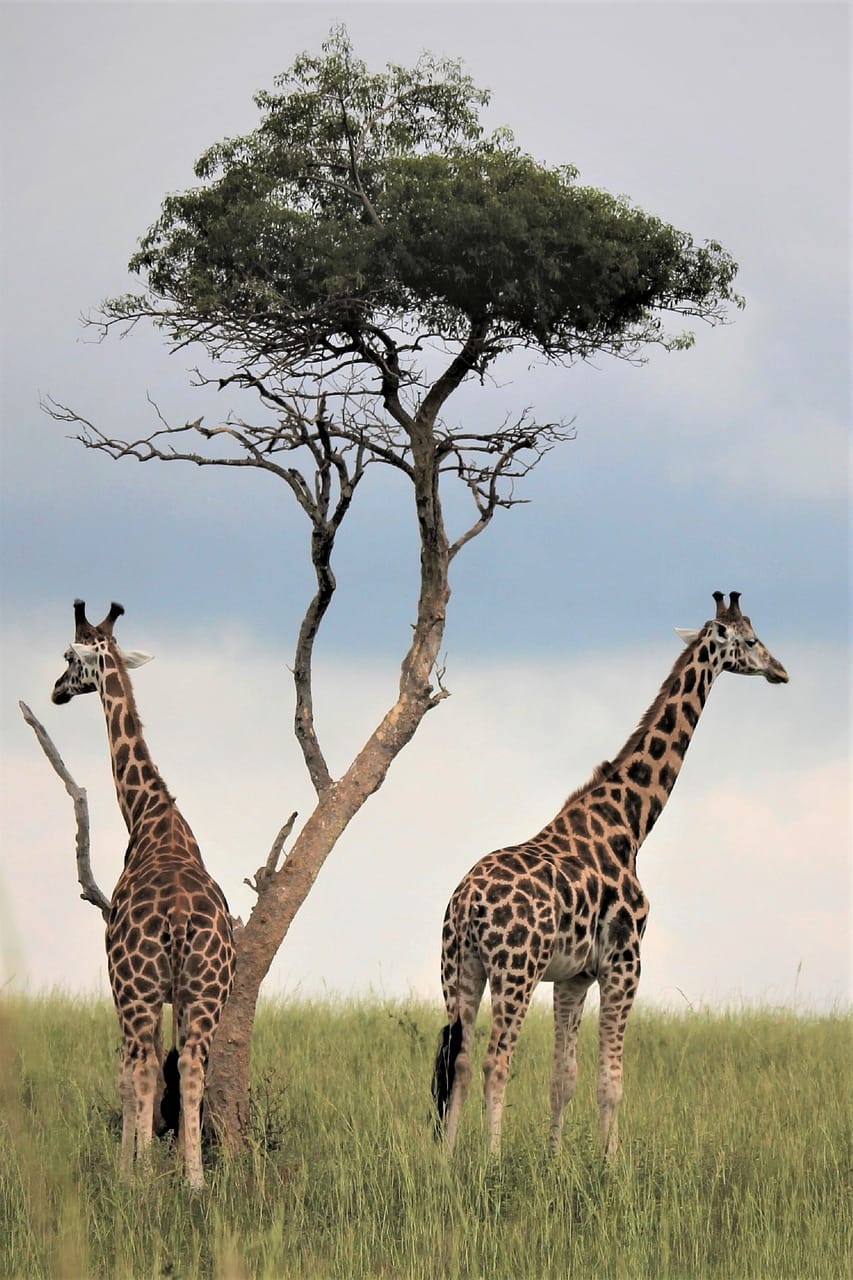Safari tourism is often seen as a way for travelers to experience Africa’s most breathtaking wildlife and landscapes. However, the positive impact of safari tourism goes far beyond just providing a memorable experience for visitors. In fact, it plays a crucial role in the conservation of wildlife and the protection of endangered species across the continent. Here’s how safari tourism is helping wildlife thrive.

1. Funding Conservation Efforts
One of the most direct ways safari tourism helps wildlife is by generating revenue for conservation programs.
- Park Fees and Donations: Entrance fees paid by tourists go directly toward the maintenance of national parks, reserves, and wildlife protection initiatives.
- Anti-Poaching Initiatives: Many safari operators and parks invest the money generated from tourism into anti-poaching efforts. This funding allows rangers to protect endangered species like rhinos, elephants, and lions from illegal hunting.
- Research and Monitoring: Safari tourism provides funding for scientific research to better understand wildlife populations, their behavior, and the ecosystems they rely on.
2. Creating Protected Habitats
Safari tourism helps establish and maintain protected areas where wildlife can live and thrive undisturbed.
- National Parks and Reserves: Many safari destinations are located in national parks or private game reserves, which are legally protected from exploitation, deforestation, and development.
- Wildlife Corridors: Safari tourism supports the creation of wildlife corridors, which allow animals to safely migrate between habitats without encountering human settlements or roads.
- Sustainable Land Use: Through eco-tourism, land that might otherwise be used for agriculture or development is preserved for conservation, ensuring a safe haven for wildlife.
3. Promoting Sustainable Practices
Safari tourism often encourages sustainable and responsible practices that directly benefit wildlife.
- Eco-Friendly Lodges and Camps: Many safari lodges and camps are designed with environmental sustainability in mind, using renewable energy sources like solar power, minimizing water consumption, and reducing waste.
- Low-Impact Safaris: Activities like walking safaris, boat tours, and small group game drives limit environmental disturbance while still offering close-up encounters with wildlife.
- Wildlife-Friendly Farming Practices: In some areas, safari tourism supports sustainable agriculture that coexists with wildlife, reducing human-wildlife conflict and promoting biodiversity.
4. Increasing Awareness and Education
Safari tourism also serves as a powerful educational tool, increasing awareness about wildlife conservation and environmental protection.
- Conservation Education: Tourists learn about the importance of preserving wildlife and ecosystems, which inspires them to support conservation efforts back home.
- Local Guides as Educators: Many safari guides are local community members who share their knowledge of the land, animals, and the challenges of conservation. Their expertise fosters greater respect for wildlife and its preservation.
- Conservation Messaging: Many safari operators integrate conservation messaging into their experiences, helping visitors understand the issues that wildlife faces, such as habitat loss, poaching, and climate change.
5. Reducing Poaching and Habitat Destruction
In regions where safari tourism thrives, poaching and habitat destruction often decline.
- Alternative Livelihoods for Locals: Safari tourism provides employment opportunities for local communities, reducing the need for individuals to rely on illegal hunting or logging to survive.
- Incentivizing Wildlife Protection: The revenue generated by safari tourism creates an economic incentive for communities to protect wildlife rather than exploit it for short-term gain.
- Community-Based Conservation: In many areas, local communities are directly involved in wildlife protection efforts, benefiting from the revenue generated by tourism while ensuring the long-term sustainability of wildlife populations.
6. Supporting Endangered Species
Safari tourism has helped raise funds for some of Africa’s most endangered species.
- Rhino and Elephant Protection: Tourism revenue supports efforts to protect species that face the threat of extinction, such as rhinos and elephants, through anti-poaching patrols, habitat restoration, and wildlife translocation.
- Breeding Programs: Funds from tourism help support captive breeding programs for critically endangered species, ensuring their survival for future generations.
- Successful Reintroductions: Some safari destinations, like South Africa’s Addo Elephant Park and Namibia’s desert-adapted black rhinos, have used tourism funds to successfully reintroduce species to areas where they had been driven to extinction.
7. Providing Incentives for Conservation
By supporting wildlife tourism, communities and governments are incentivized to prioritize conservation over exploitation.
- Sustainable Wildlife Viewing: Instead of hunting or habitat destruction, safari tourism provides a way to view and appreciate wildlife, generating income through responsible and sustainable tourism.
- Policy Support for Conservation: The financial benefits of safari tourism encourage governments to adopt policies that protect wildlife and promote biodiversity.
Safari Tourism with Future African Safari: A Commitment to Conservation
At Future African Safari, we believe in the power of tourism to make a positive impact on wildlife and the environment. Our safari packages are designed to contribute to conservation efforts while providing unforgettable experiences. By traveling with us, you’re directly supporting wildlife protection, local communities, and sustainable tourism practices.
Book your safari today and join us in helping Africa’s wildlife thrive for generations to come!

